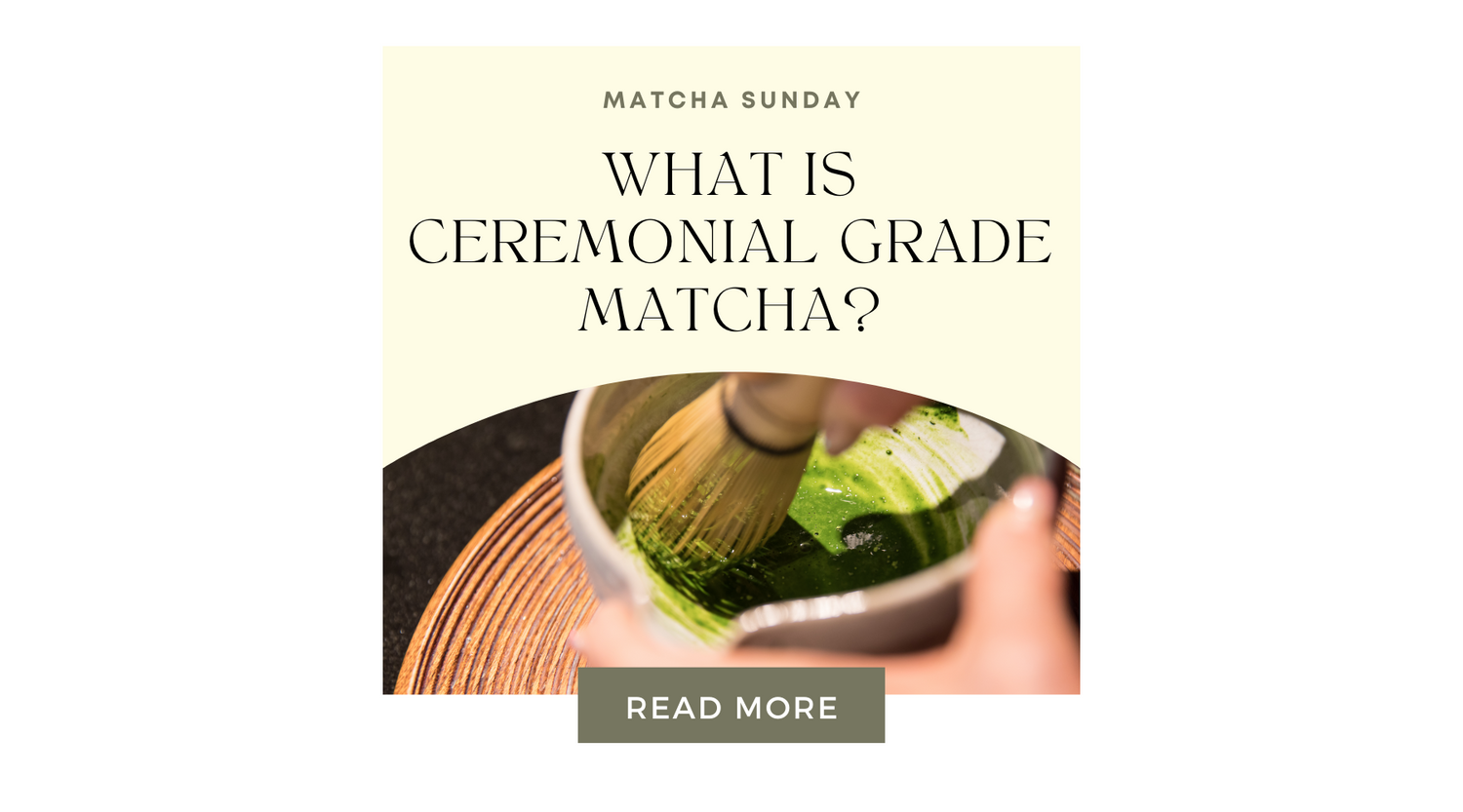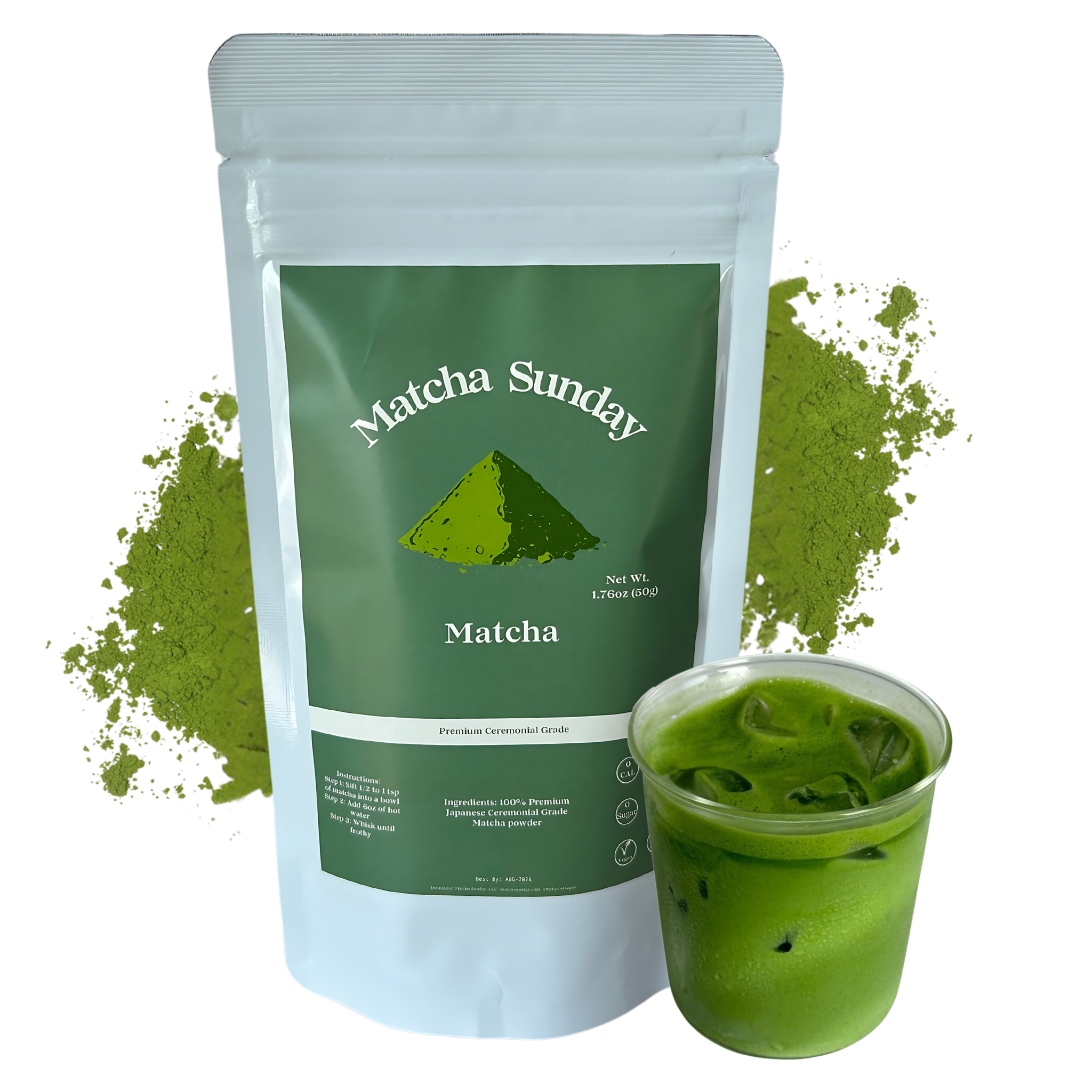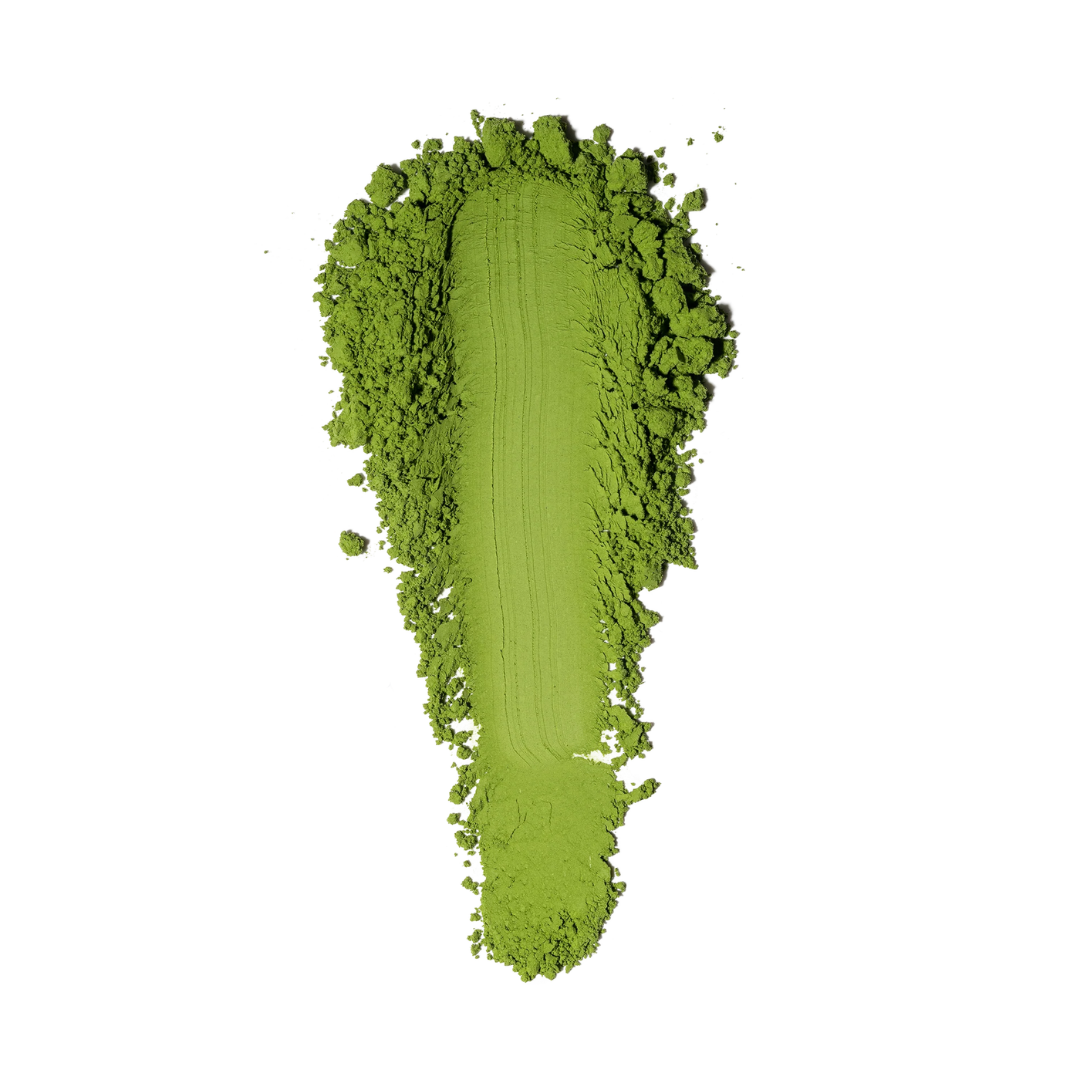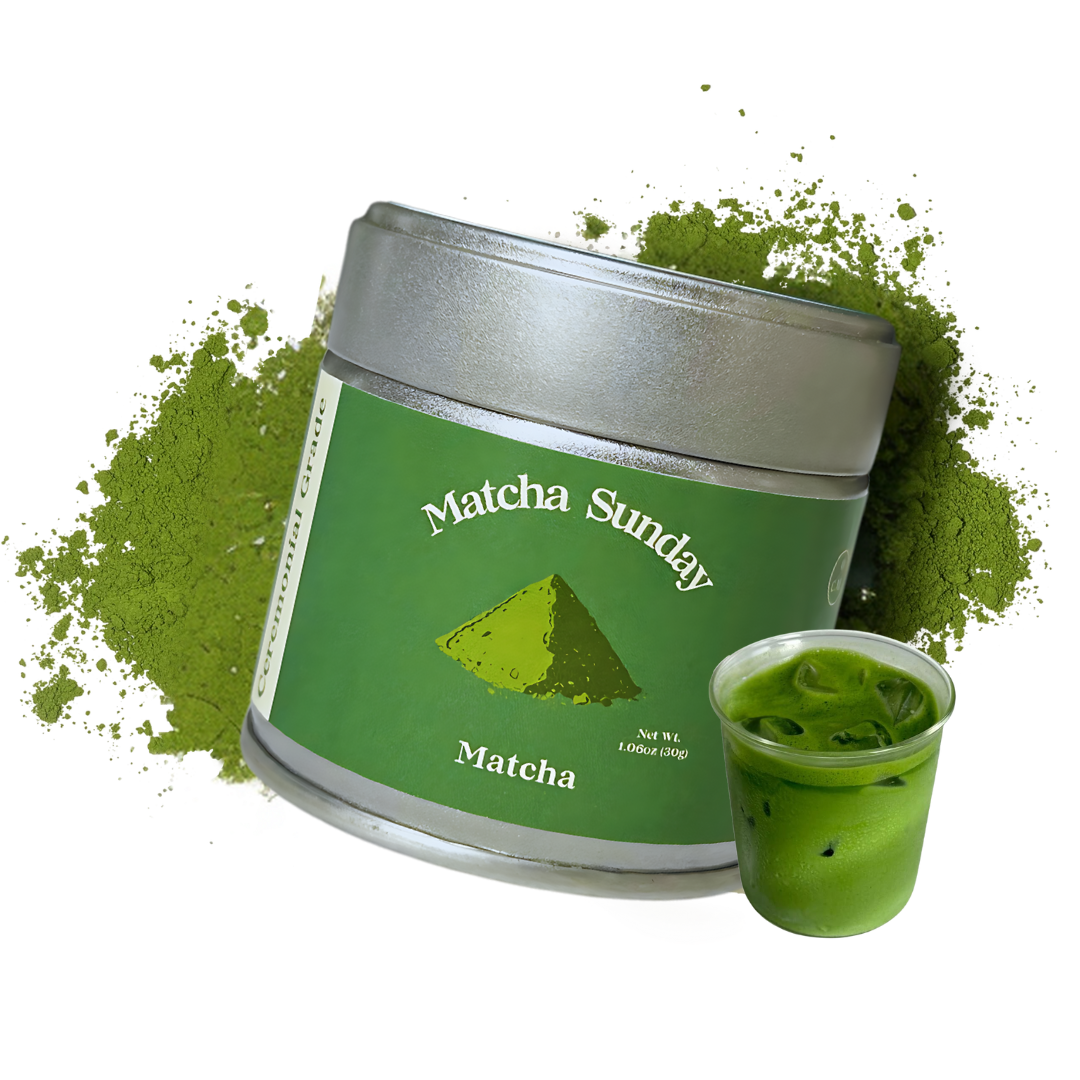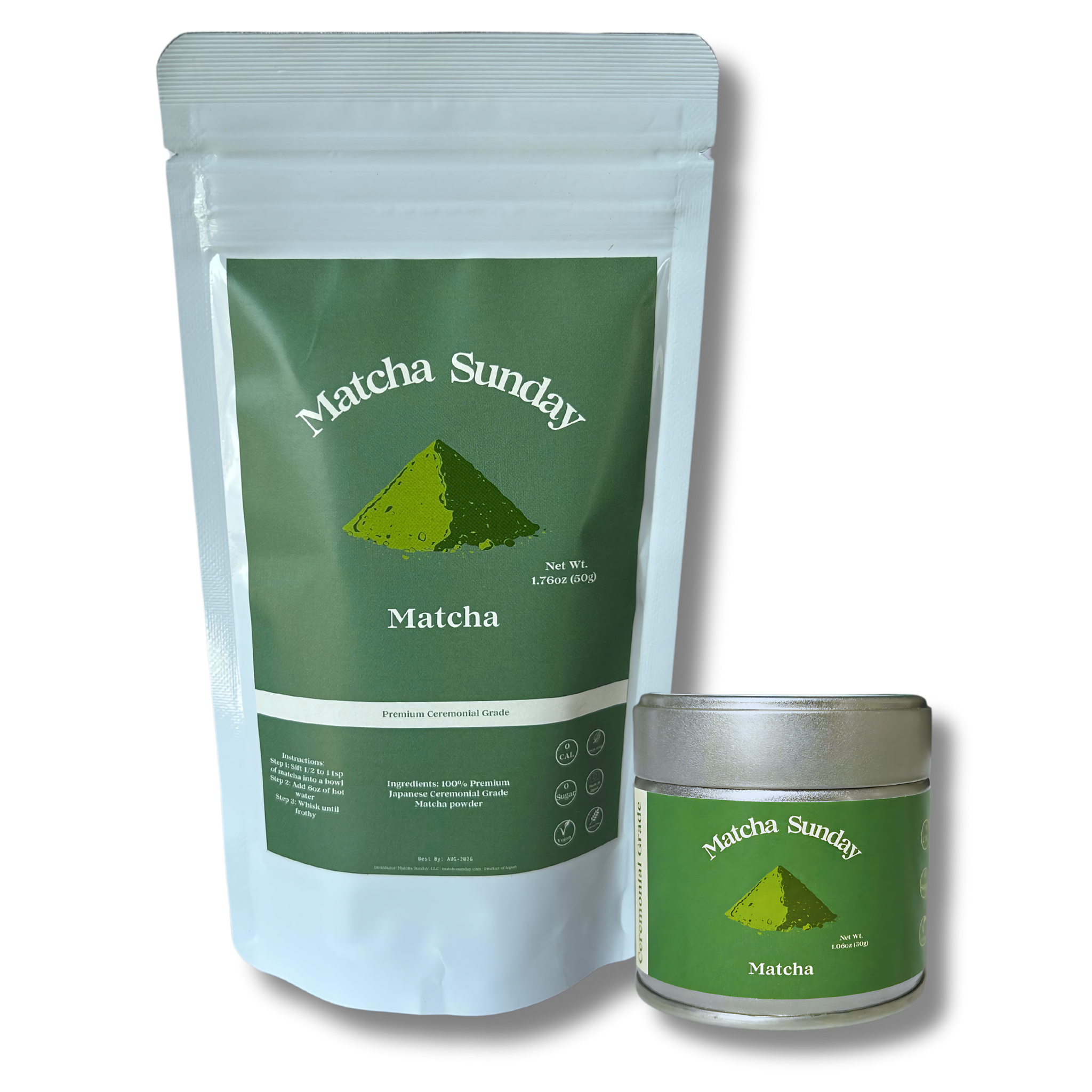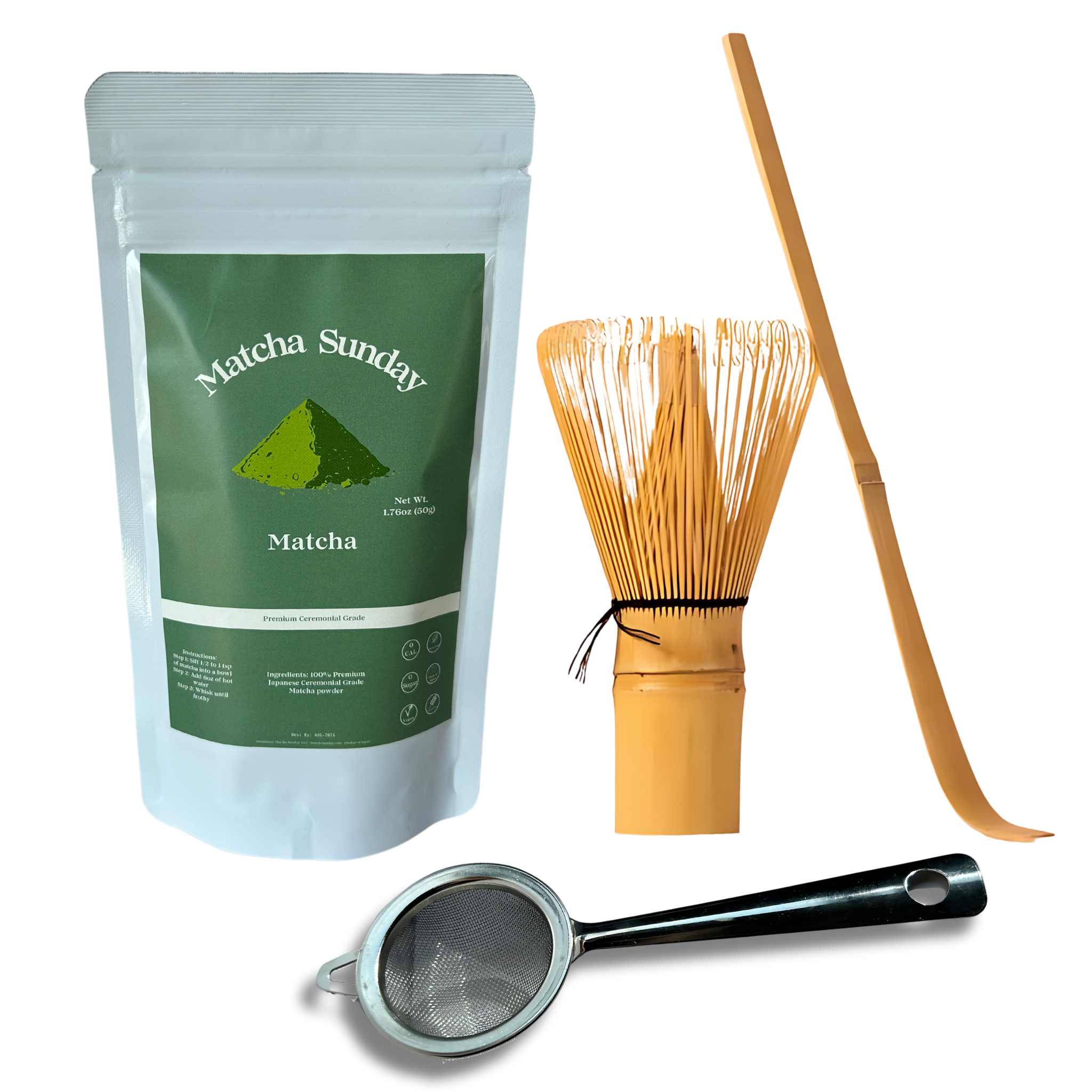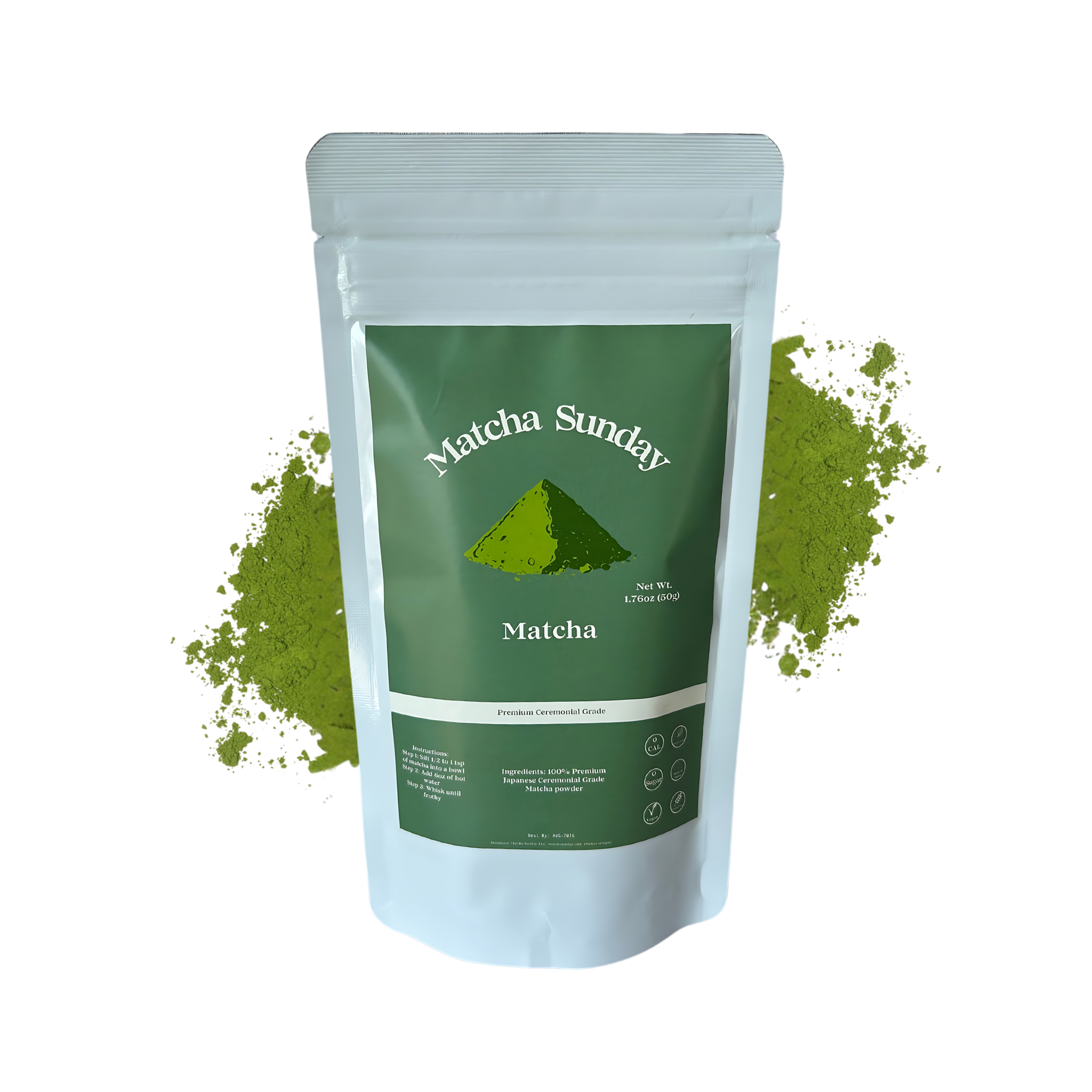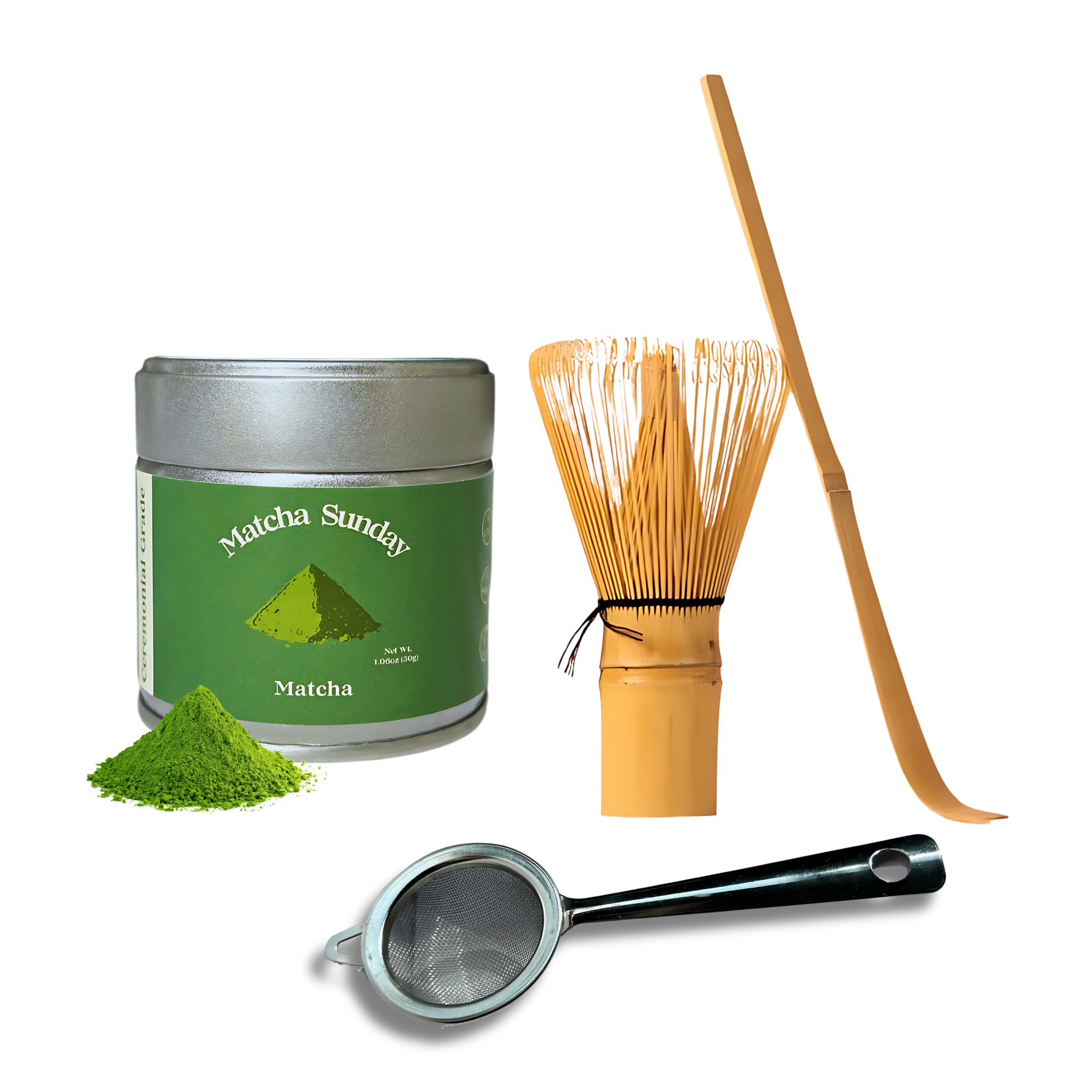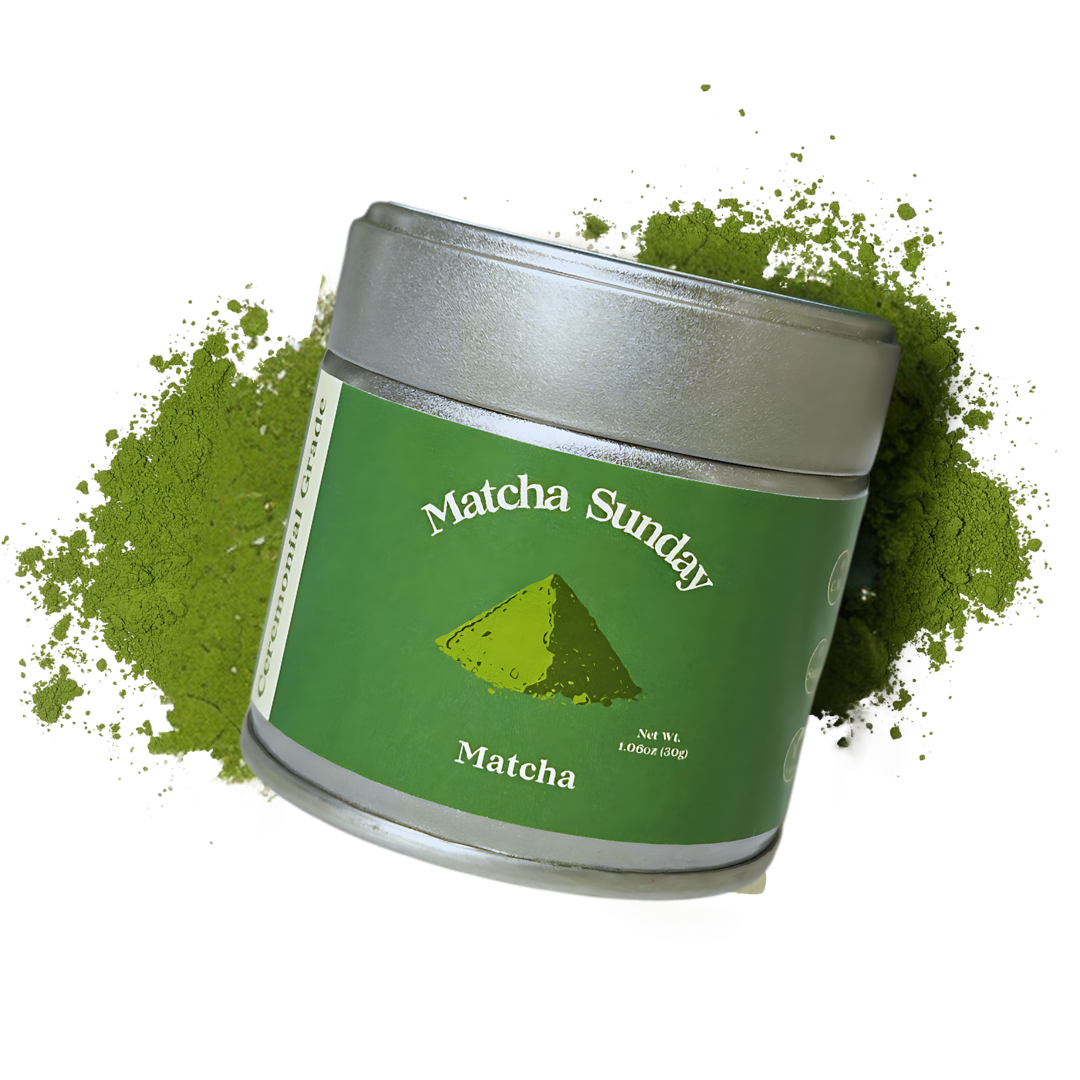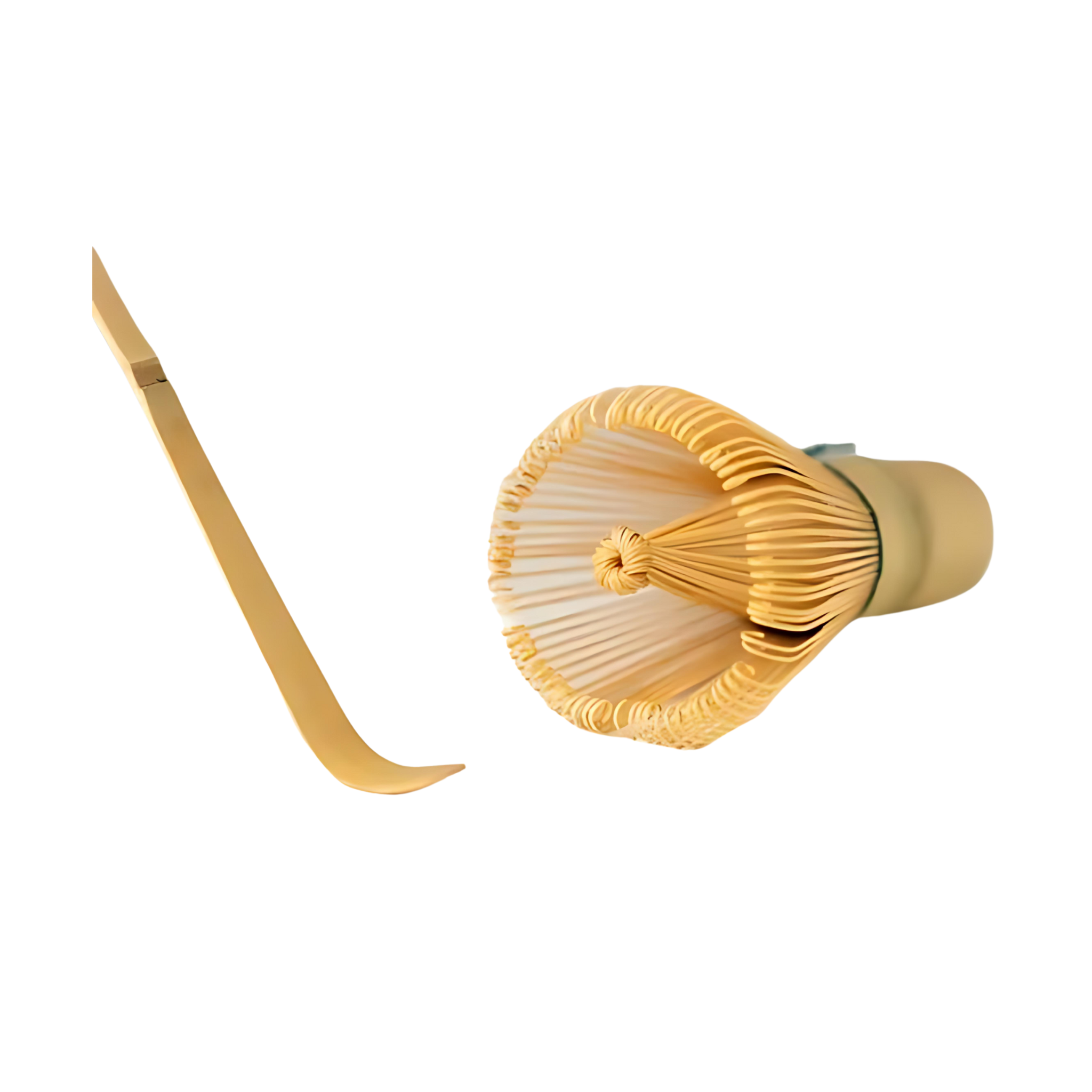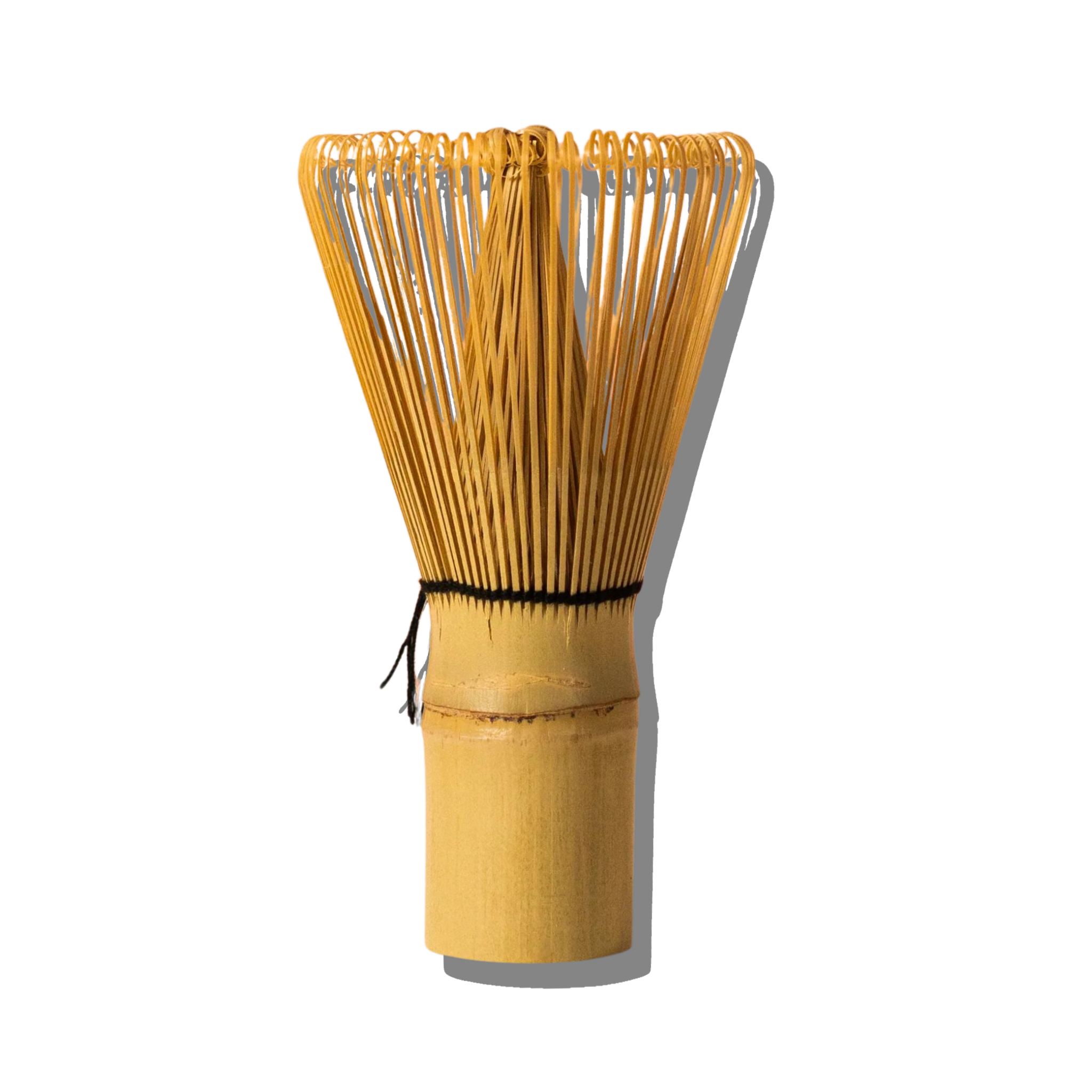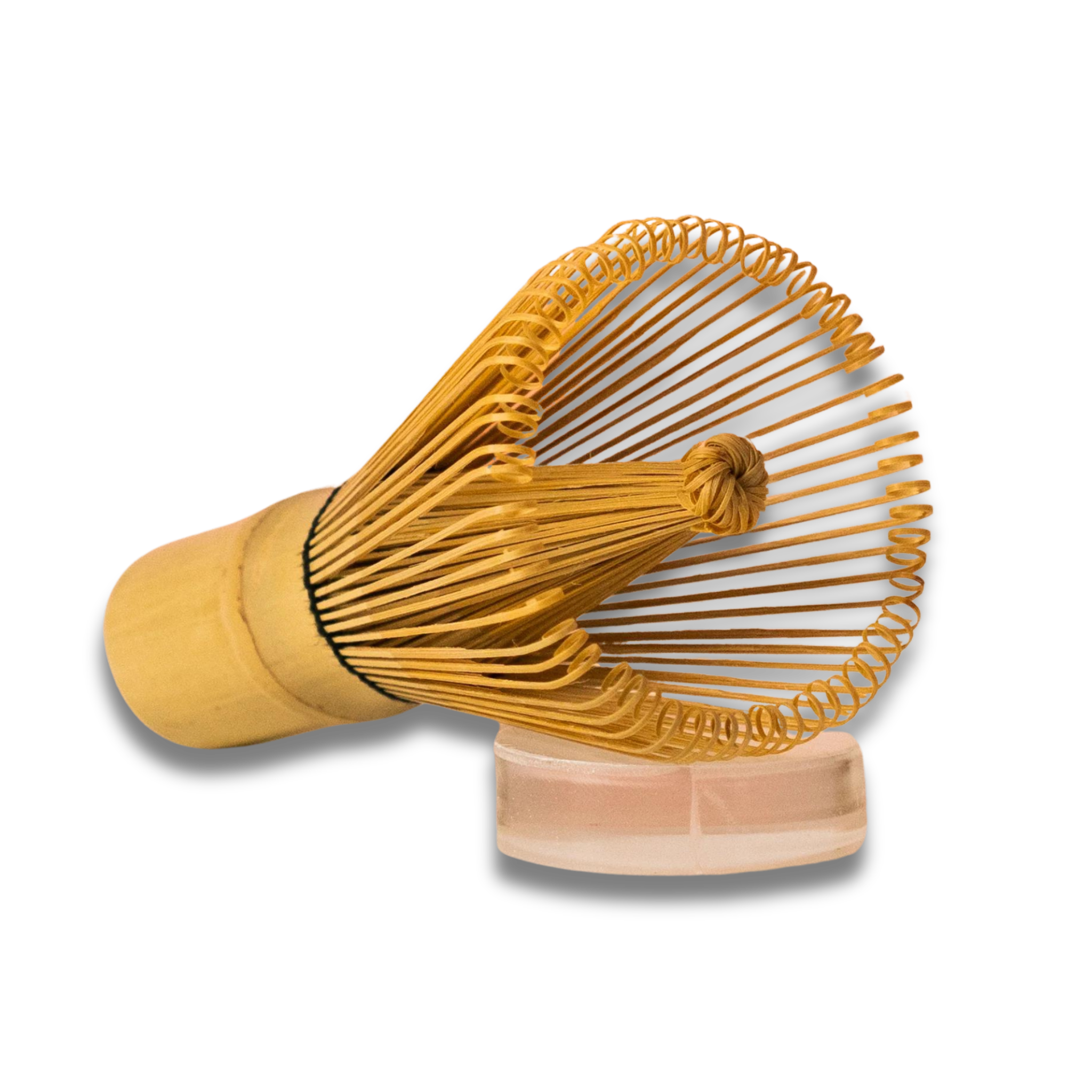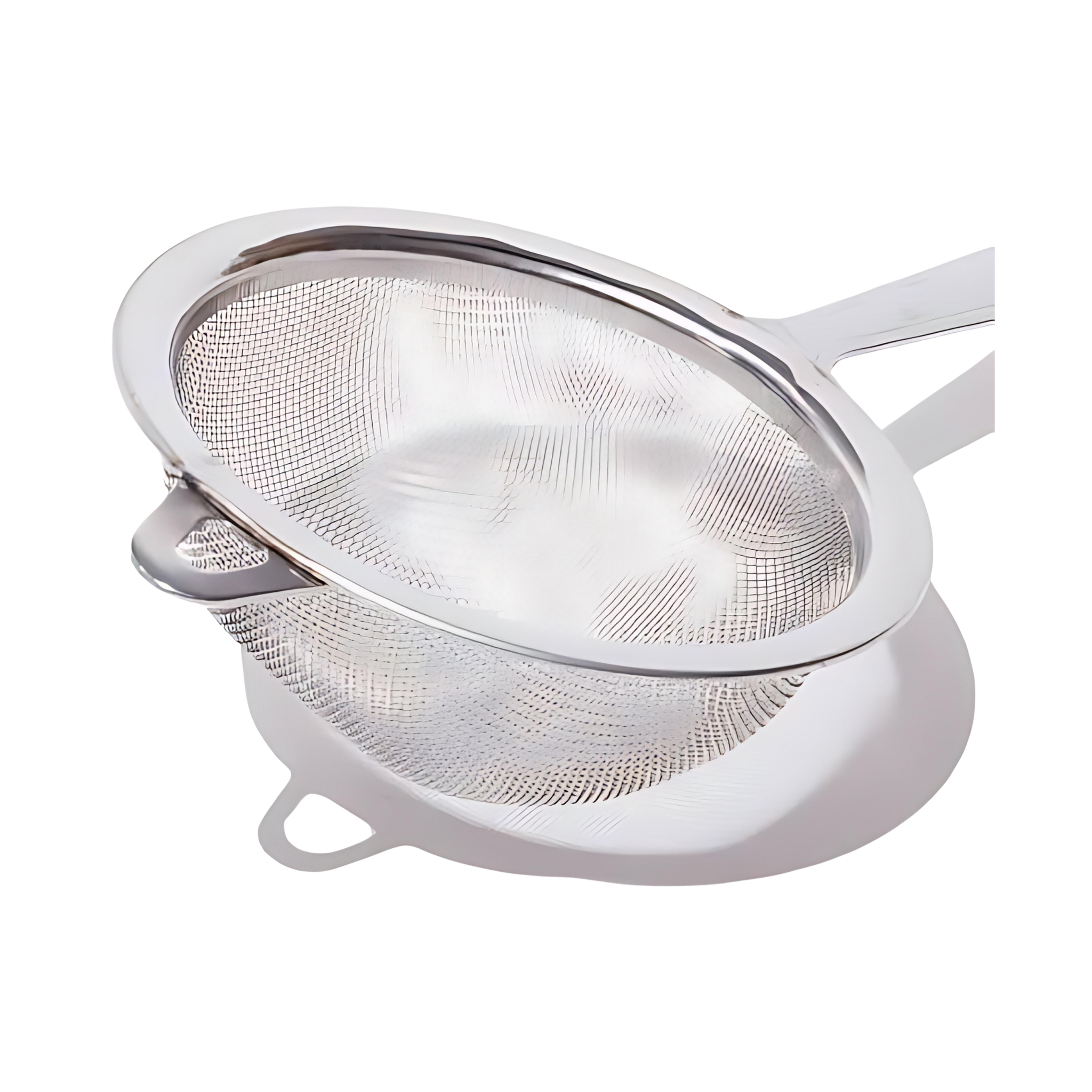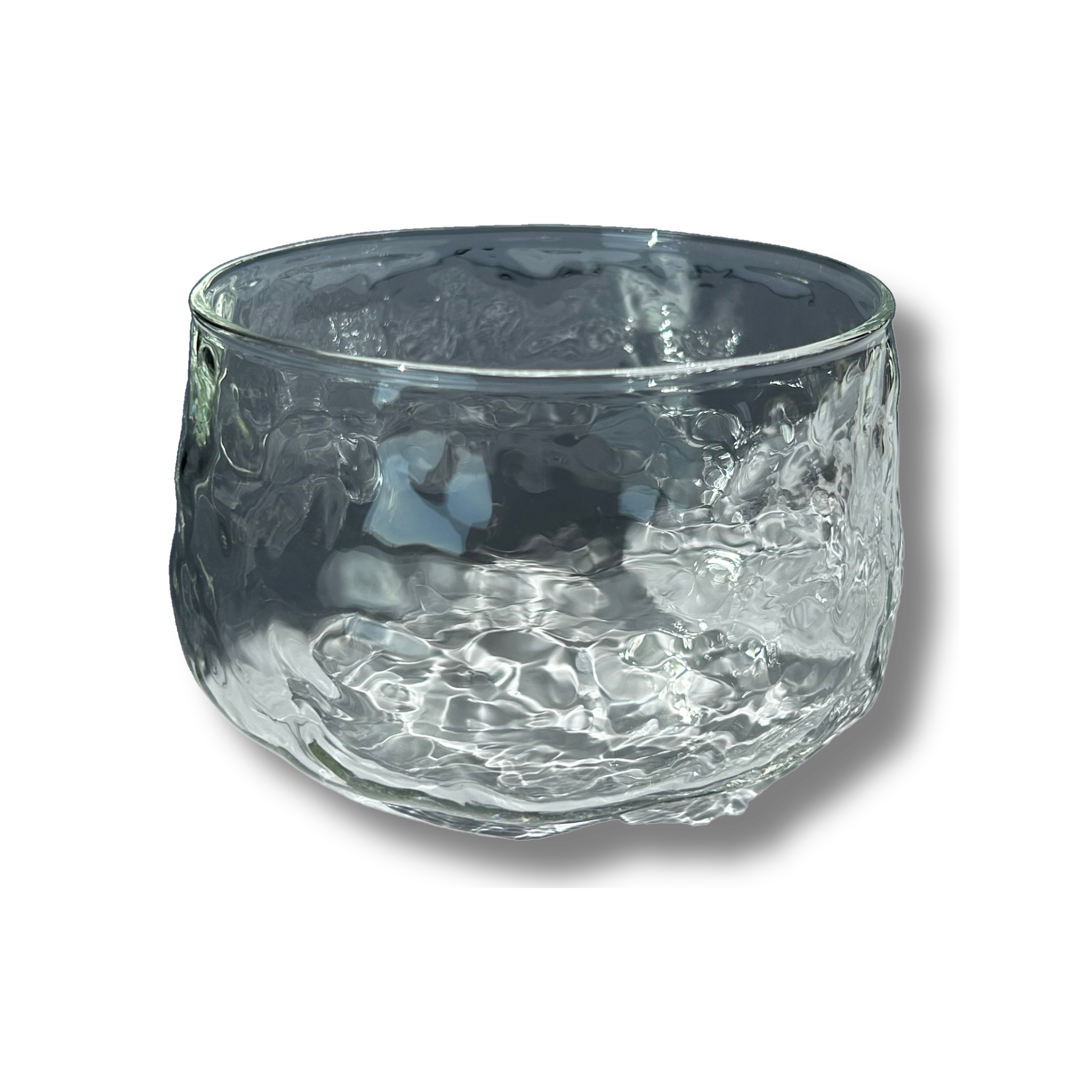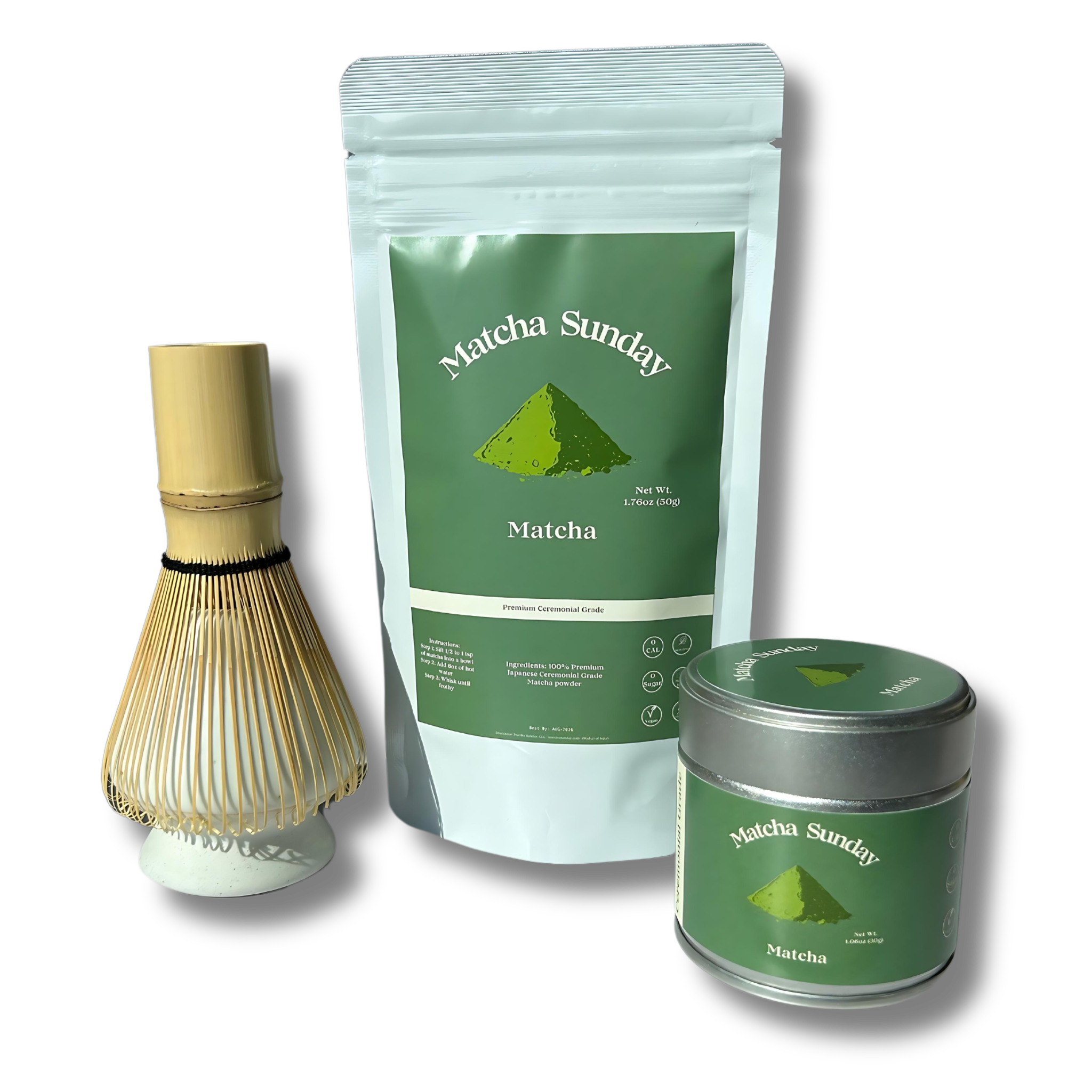Matcha has gained immense popularity worldwide, celebrated not just for its unique taste but also for its numerous health benefits. Among the various types of matcha, ceremonial grade matcha stands out as the highest quality, traditionally used in Japanese tea ceremonies. This guide explores what makes ceremonial grade matcha special, its benefits, and how to distinguish it from other matcha grades.
What is Ceremonial Grade Matcha?
Ceremonial grade matcha is the pinnacle of matcha quality, used primarily in traditional Japanese tea ceremonies. This grade of matcha is produced from the youngest, most tender leaves of the tea plant, which are hand-picked and stone-ground to a fine powder. The meticulous process and high-quality leaves result in a bright green color, smooth texture, and rich, umami flavor.
Buy Ceremonial Grade Matcha Powder:
Key Characteristics:
- Vibrant Green Color: Due to the high chlorophyll content from shade-growing.
- Smooth Texture: Achieved through traditional stone grinding.
- Rich Flavor: A balance of sweetness, umami, and slight bitterness.
The Process of Making Ceremonial Grade Matcha
- Shade-Growing: Tea plants are shaded for several weeks before harvest to increase chlorophyll and amino acid content.
- Hand-Picking: Only the youngest, most tender leaves are selected.
- Steaming and Drying: Leaves are steamed to prevent oxidation and then dried.
- Removing Stems and Veins: Leaves are deveined and destemmed to ensure smoothness.
- Stone Grinding: The leaves are ground into a fine powder using granite stones.
This meticulous process ensures the highest quality, preserving the delicate flavor and nutrients of the tea leaves.
Benefits of Ceremonial Grade Matcha
Ceremonial grade matcha is not just a delight for the senses; it also offers numerous health benefits:
- Rich in Antioxidants: Matcha contains high levels of catechins, particularly EGCG, which help fight free radicals and reduce inflammation.
- Boosts Metabolism: The catechins in matcha can help increase metabolism and aid in weight loss.
- Enhances Calmness and Focus: L-theanine, an amino acid found in matcha, promotes relaxation and mental clarity without the jitters associated with caffeine.
- Detoxifies the Body: The chlorophyll in matcha helps detoxify the body by removing heavy metals and chemicals.
- Supports Immune Health: The antioxidants, vitamins, and minerals in matcha strengthen the immune system.
Comparing Ceremonial Grade Matcha to Other Grades
There are primarily two grades of matcha: ceremonial and culinary. While both have their uses, they differ significantly in quality, flavor, and intended use.
- Ceremonial Grade Matcha:
- Quality: Highest quality, made from the youngest leaves.
- Flavor: Smooth, balanced, and umami-rich.
- Use: Best enjoyed on its own, mixed with water.
- Culinary Grade Matcha:
- Quality: Lower quality, made from more mature leaves.
- Flavor: Stronger, more bitter flavor.
- Use: Ideal for cooking, baking, and mixed beverages like lattes.
Key Differences:
- Color: Ceremonial matcha is a brighter green compared to the duller green of culinary matcha.
- Texture: Ceremonial matcha is finer and smoother.
- Taste: Ceremonial matcha has a delicate, sweet flavor, while culinary matcha is more robust and bitter.
How to Identify True Ceremonial Grade Matcha
With the rise in popularity of matcha, many products on the market may be mislabeled. To ensure you're purchasing true ceremonial grade matcha, consider the following:
- Origin: Authentic ceremonial matcha should come from Japan, specifically regions like Uji or Nishio.
- Shade-Grown: Verify that the tea leaves were shade-grown.
- Harvesting: Check if the matcha is made from first harvest, young tea leaves.
- Grinding Method: Ensure the matcha is stone-ground.
- Certification: Look for quality certifications or endorsements from reputable tea organizations.
How to Prepare Ceremonial Grade Matcha
Preparing ceremonial grade matcha requires some practice and the right tools. Here’s a step-by-step guide:
- Sift the Matcha: Use a fine mesh sieve to sift 1-2 teaspoons of matcha powder into a bowl to prevent clumping.
- Add Water: Pour 2 ounces of hot water (about 175°F) into the bowl.
- Whisk: Use a bamboo whisk (chasen) to whisk the matcha in a zigzag motion until it becomes frothy.
- Enjoy: Drink the matcha immediately to enjoy its full flavor and benefits.
Incorporating Ceremonial Grade Matcha into Your Daily Routine
While traditionally used in tea ceremonies, ceremonial grade matcha can also be incorporated into your daily routine. Here are some ideas:
- Morning Ritual: Start your day with a calming cup of matcha to boost your energy and focus.
- Midday Boost: Enjoy matcha as an afternoon pick-me-up to stay alert and focused.
- Healthy Snack: Add matcha to smoothies, yogurt, or chia pudding for a nutritious snack.
- Matcha Latte: Make a matcha latte with almond milk or oat milk for a delicious, antioxidant-rich treat.
Conclusion
Ceremonial grade matcha is a premium product that offers a unique combination of exquisite flavor and numerous health benefits. Understanding its qualities and how it differs from other grades of matcha can help you make informed choices and enjoy this ancient tea to its fullest. Whether you're new to matcha or a seasoned enthusiast, incorporating ceremonial grade matcha into your routine can provide a delightful and healthful experience.
For the best matcha experience, always choose high-quality ceremonial grade matcha from reputable sources and savor its rich, umami flavor in its purest form.

